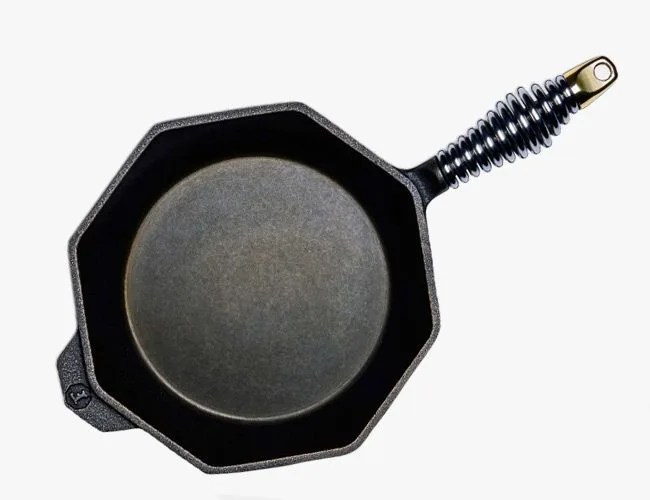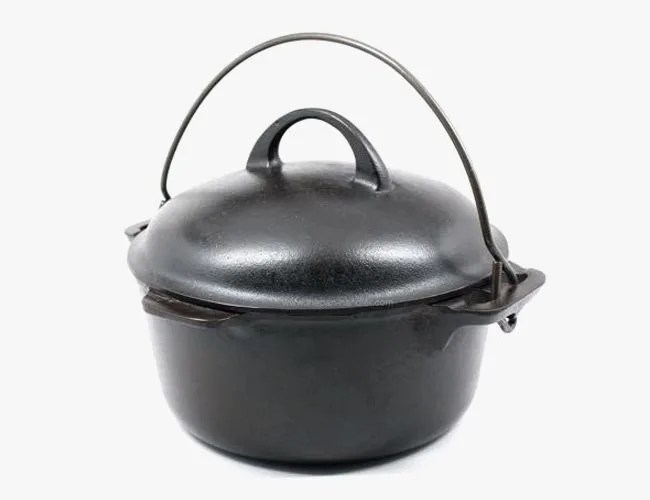Cast iron cookware has long been lauded for its durability, versatility and ability to heat evenly, and for the fact that it gets better the more you use it. It was used as early as the Han dynasty in China, where it was used to evaporate water for salt harvesting. While some have ditched cast iron for lightweight non-stick one-and-done pans, the truth is nothing compares to the quality of cast iron. These three pieces of cast iron cookware come pre-seasoned, which means that it has a natural stick-resistant layer that is created by oils and fats. Over time, these fats soak into the pan, preventing the food that you’re cooking from interacting with the iron and seeping into your dish. The fats and oils also help to protect the pan from rusting — allowing cast iron pans, skillets and dutch ovens to last for centuries.
Iwachu 410-555 Iron Omelette Pan

Origin: Japan
Most Versatile Pan: Iwachu is the Japanese equivalent of Lodge or Griswold cast iron. The method that the company uses for crafting the pans consists of 68 steps — each contributing to finely and delicately shaping the iron. Iwachu employs the traditional nambu tekki style of crafting cast iron, which traces back over 400 years and is unique to the Iwate Prefecture. This omelet pan measures eight and a half inches in diameter and is perfect for cooking eggs, but don’t pigeon-hole it to just that. Its gentle curves make it ideal for stir frying vegetables.


